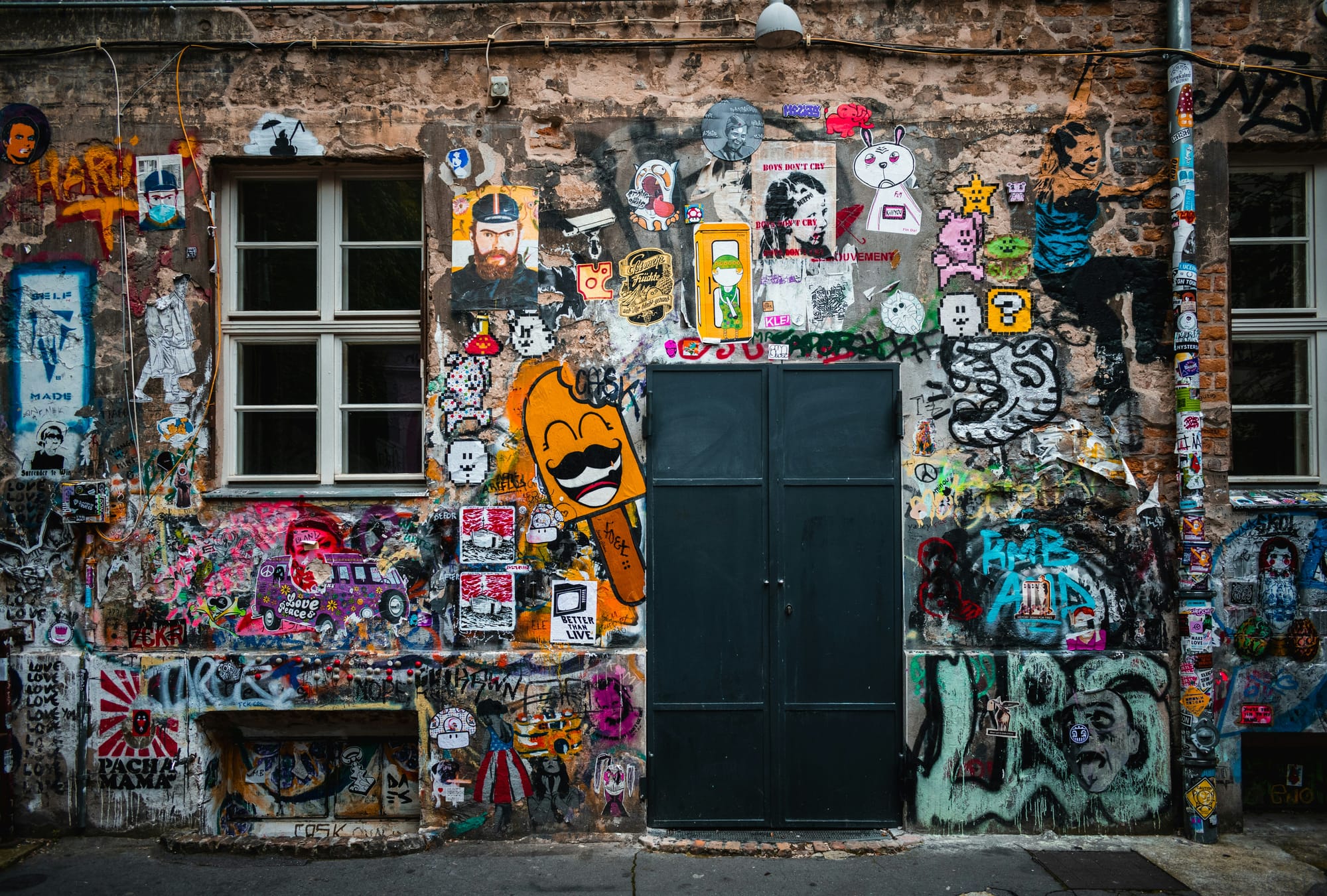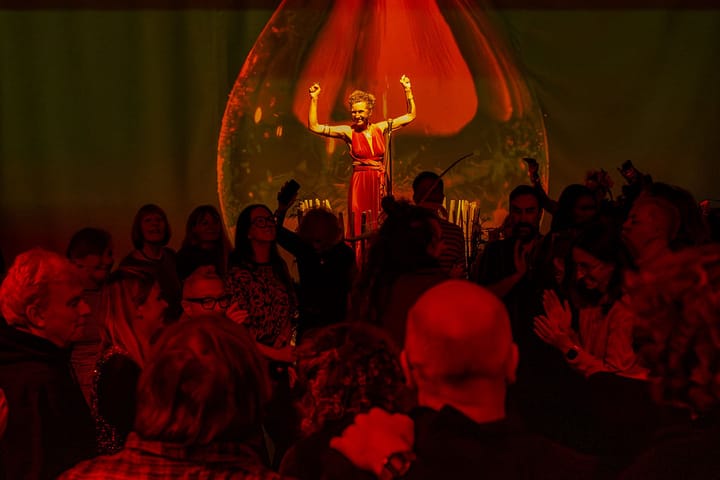Beats in the Underground: How Berlin is using techno and art to reclaim its U-Bahn stations
Berlin is turning to techno and art to make its U-Bahn stations safer — not with more police, but with beats, art and light. It’s a bold, very Berlin move, rooted in the city’s queer spirit and belief that culture can build community where fear once lingered.

As a born-and-bred Berliner, I can tell you that the U-Bahn, Berlin’s Underground, has always had its own mythology — an underworld of neon lights, late-night characters and bass echoing from headphones. All of this comes with a strange mix of smells: a hint of kebab, a whiff of beer, and other unidentifiable scents.
But in recent years, it’s also become synonymous with a growing sense of unease. Rising crime rates and a lack of funding for security have led to an atmosphere that many Berliners describe as increasingly tense. Now, the city is trialling something uniquely Berlin in response: turning public transport into a space for art, performance, and techno.
According to a recent report by the Tagesspiegel, Berlin’s transport authority BVG is launching cultural interventions at some of the city’s busiest — and most troubled — U-Bahn stations.
Specifically, one of the most unpleasant stations in the city is named: Kottbusser Tor. Sandwiched between Späties (off-licences), the Landwehr Canal and shops, it's one of the busiest and most feared stations for changing lines or finishing your journey.
Kottbusser Tor is about to become a "Innovationsbahnhof" (innovation station). Think light installations, techno DJ sets, and immersive murals. It’s a bold, quirky and creative experiment, rooted in a long-standing Berlin tradition: using culture as both shield and sword.

Queer Capital, Creative Powerhouse
To outsiders, Berlin might first conjure images of Berghain, Bowie, and Brutalism. But for many in the LGBTQ+ community, it’s a place of refuge and reinvention — arguably the queer capital of Germany. A city where drag is political, clubs are churches, and queerness pulses through neighbourhoods like Kreuzberg, Friedrichshain and Schöneberg.




